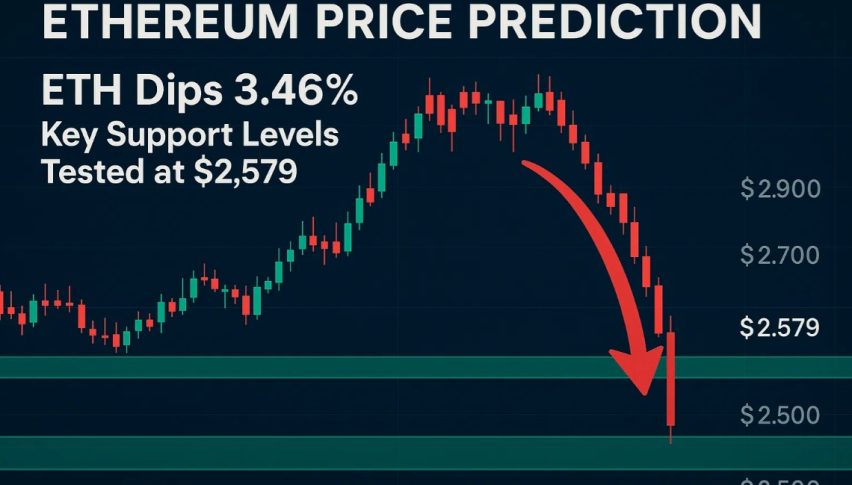The recent volatility in the crypto market has left many wondering about the drivers behind the Ethereum price, specifically when expressed in Tether (USDT). Understanding the dynamics of the “ethereum price usdt” pairing is crucial for anyone involved in the crypto space, whether you’re a seasoned trader or just starting your journey. But what actually shapes this price? Is it simply a reflection of broader market trends, or are there more nuanced forces at play? Let’s delve into this fascinating question.
The Interplay of Supply and Demand: A Foundation for Understanding Ethereum Price in USDT
The most fundamental driver of any asset’s price, including ethereum price usdt, is the basic economic principle of supply and demand. When demand for ETH increases relative to its supply, the price in USDT rises. Conversely, if supply outweighs demand, the price drops. However, in the dynamic world of cryptocurrencies, pinpointing the exact sources of this fluctuating supply and demand can be quite challenging.
Market Sentiment and News Events
News events, both positive and negative, profoundly impact market sentiment. A positive announcement regarding Ethereum’s development, such as a major upgrade or a significant partnership, can lead to a surge in demand and thus, a higher ethereum price usdt. Conversely, regulatory uncertainty or security breaches can trigger sell-offs, pushing the price down. In my experience, reacting solely based on short-term news is risky; however, understanding the context of the news is crucial.
The Role of Major Exchanges and Trading Volumes
The volume of ETH traded on major exchanges significantly impacts the ethereum price usdt. High trading volumes generally suggest strong interest and liquidity, often leading to price stability. Conversely, low volumes can make the price more susceptible to manipulation and sharp fluctuations. It’s interesting to note the correlation between trading volume on specific exchanges and the overall ETH/USDT price movement.
External Factors: Beyond the Ethereum Ecosystem
The ethereum price usdt is not immune to broader macroeconomic trends. Factors such as inflation, interest rate hikes, and global economic uncertainty can significantly influence investor behavior and risk appetite. This, in turn, affects the overall cryptocurrency market, including the price of ETH in USDT.
The Influence of Bitcoin (BTC) and Other Cryptocurrencies
Bitcoin (BTC) remains the dominant cryptocurrency, and its price movements often have a ripple effect on the rest of the market. A significant price surge in Bitcoin can often lead to increased investor confidence across the board, potentially boosting the ethereum price usdt as well. Conversely, a Bitcoin downturn can negatively impact the entire crypto market.
Stablecoins and Their Impact on ETH/USDT
USDT itself, being a stablecoin pegged to the US dollar, introduces its own set of complexities. The stability (or lack thereof) of USDT can directly impact the reliability of the ethereum price usdt. Any concerns about the backing or stability of USDT can influence how investors perceive the ETH/USDT price.
Technical Analysis and Chart Patterns: Decoding Price Trends
Technical analysis, involving the study of price charts and trading indicators, provides another lens through which to analyze the ethereum price usdt. Identifying trends, support and resistance levels, and chart patterns can aid in predicting future price movements. However, it’s important to remember that technical analysis is not an exact science; it’s one tool among many.
Understanding Support and Resistance Levels
Identifying key support and resistance levels on price charts can help investors anticipate potential price reversals. Support levels represent price points where buying pressure is expected to outweigh selling pressure, preventing further declines. Resistance levels mark price points where selling pressure is expected to outweigh buying pressure, potentially halting upward momentum. These levels are dynamic and change over time.
Fundamental Analysis: Assessing Ethereum’s Long-Term Value
Fundamental analysis focuses on evaluating the intrinsic value of Ethereum. This involves examining factors such as its technological innovation, adoption rate, network security, and overall utility within the decentralized finance (DeFi) ecosystem. A strong fundamental outlook generally supports a higher ethereum price usdt in the long term.
DeFi’s Role in Ethereum’s Value Proposition
The growth and adoption of decentralized finance (DeFi) applications built on the Ethereum network are major factors influencing its long-term value. The increased utility and demand for ETH within the DeFi ecosystem contribute significantly to the ethereum price usdt.
Final Thoughts
Understanding the ethereum price usdt requires a multifaceted approach, considering both micro and macroeconomic factors, technical and fundamental analyses. While predicting precise price movements is impossible, a holistic understanding of these influencing factors enables more informed decision-making and risk management. The interplay between supply and demand, market sentiment, external economic conditions, and the evolving technological landscape of Ethereum will continue to shape the ethereum price usdt in the years to come. Keeping a close eye on these key factors is crucial for navigating this dynamic market effectively.




